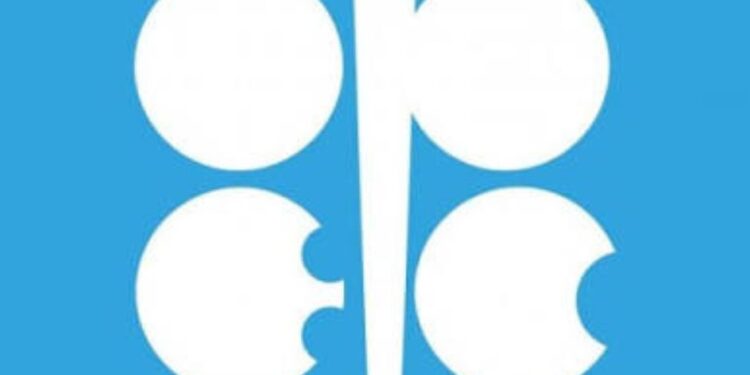OPEC+ authorized adding 137,000 barrels a day of crude in November, a measured move that equaled the moderate increase established for October.
The information followed an October meeting of the alliance and was disclosed by OPEC sources as part of a phased rollback of previous voluntary reductions. The information tempered fears of a huge supply spike, provoking a sudden reaction in oil markets.
Markets and price response
Energy markets reacted promptly. Brent crude and US benchmarks added around 1–1.5 per cent on the news as traders absorbed the balance of increasing supply and outstanding questions around demand growth to the close of the year. Analysts warned that increasing US output and signs of weaker global demand could limit upside, even despite the cautious trajectory of the OPEC+ move.
Why did the group go cautious
Statements and reporting reveal members are divided on the size of the increase, with some states seeking larger increases to regain market share and others wanting prudence in the face of demand concerns. The compromise rate reflects those competing priorities: a small increase that puts continued downward pressure on inventories while allowing producers seeking longer-term market share to raise flows incrementally. Analysts interpret this as an attempt not to produce abrupt price moves that would cause instability in producing economies.
Implications for Nigeria
The decision has a concrete payoff and longer-term worth for Nigeria. The country’s revenues and foreign receipts are fundamentally dependent on crude sales, and any sustained weakness in prices would therefore complicate budget planning as well as management of the foreign exchange. With international benchmarks at or near current levels or increasing modestly, the government can look to more stable receipts; with falling prices, Abuja will be once more pressed to reduce budgets or look for substitute revenue sources. Experts point out that Nigeria also has a gain to make if increased supply from partner producers supports liquidity in the oil markets without driving prices to levels that strangle demand.
What to watch next
Markets will be watching the United States and other consuming economies’ stocks, northern hemisphere winter seasonal demand trends, and non-OPEC producers’ output trends — particularly the United States. Geopolitical events and sanctions affecting flows from specific suppliers can also shift balances with rapidity. For Nigeria’s policy makers, following price/volume relationship will be crucial to forecasting revenue and planning for public expenditure.
Industry perspective
Producers and service companies are playing it safe. Certain oil companies said that modest, incremental growth in supply is sustainable and preferable to erratic policy changes that disrupt planning for investment. Service companies emphasized that increased activity will have to be accompanied by investment in maintenance and security to translate increased rig activity into reliable production. For Nigeria, that means aligning field repairs, pipeline integrity projects and anti-theft with any drilling and flow increase.
Bottom line
The OPEC+ decision to lift 137,000 bpd in November is balancing: providing the markets with a little more without abruptly letting out something that will weaken prices. Nigeria’s action is significant because revenue flows and foreign exchange are directly tied to international crude fundamentals. The short-term market pop from the decision eases some tension, but medium-term consequences will rely on the durability of demand and other producing regions’ production trends.





